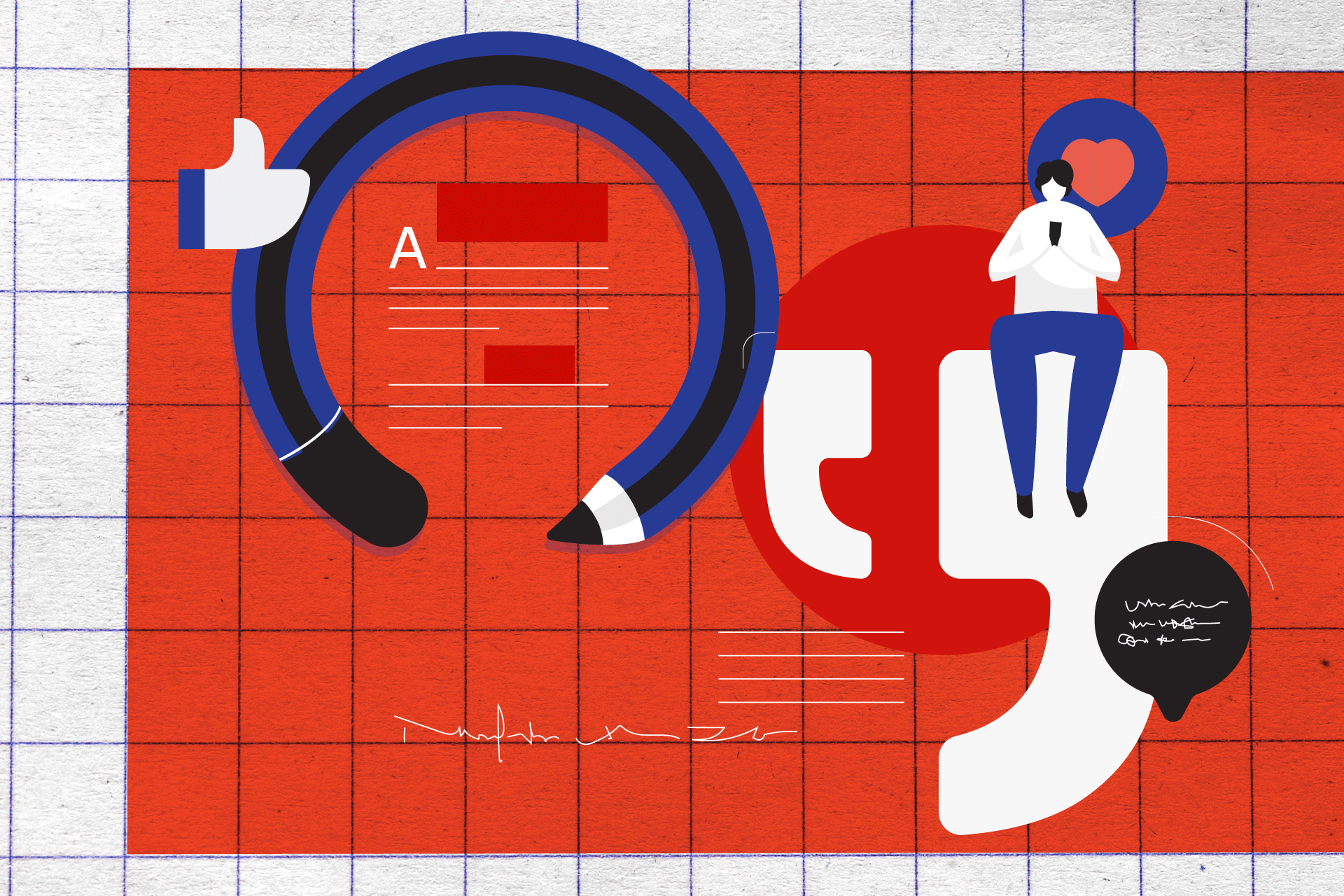A sad, but true, fact of the proposal business is that proposals are not always edited to ensure that they are grammatically correct, internally consistent, conform to the pre-established proposal Style Guide, and read as though the entire proposal was written by the same person (commonly referred to as “one voice”).
The reason for this is that proposals are usually developed over very short timeframes (anywhere from two to six weeks, on average), and proposal calendars, in spite of the Proposal Manager’s best intentions, often slip to the right due to unavoidable delays in the proposal process. When these delays occur, time originally earmarked for proposal editing is usually the first casualty of the Proposal Manager’s revised schedule.
Final editing, which normally occurs after all post-Red Team review comments are inserted into the proposal and the document is essentially 95-100% complete, usually precedes final proposal production by about 48-72 hours, and this is precisely the time that must be devoted to dealing with unanticipated deficiencies or missing information in the proposal in order to tell a credible, if not compelling, story by the proposal due date.
It’s a mistake to eliminate the editing process completely, because editing provides the final polish that helps your proposal be taken seriously – both as a professionally written document and one that tells a consistent story throughout. In addition to evaluating your proposal in accordance with Section M (Evaluation Factors for Award), the evaluators will attempt to determine the level of risk associated with your proposal and answer one basic question: can the company successfully perform?
A proposal that lacks internal consistency, does not conform to any sort of style guide, and has multiple spelling and grammatical errors, has the same effect as waving a red flag in front of a bull. It tells the evaluators, instantly, that the company is higher risk in its capability to perform.
Put more simply, if the company appears not to care about the quality of the proposal, how can the government be confident that the company will care about the quality of its work on the awarded contract, or be confident that the Offeror even has enough resources to perform the work?
If the company’s proposal is not rejected outright, the company may receive a long list of clarification requests that require yet more time and more work to answer.
One way to perform the editing when the last 48-72 hours are lost is to have the editor work from close of business until midnight on several evenings, when the writers have gone home, making a first pass after Pink Team and continuing to rotate through the various sections up to Red Team. This allows the editor to stay on top of continuity and consistency issues, apply the Style Guide, correct grammatical errors, and provide the writers with a clean copy of their documents in the morning. Then, in those final hours, time permitting, the editor can focus only on those sections that are affected by the delay (usually the technical section, or sections where new information has been added). Edits at this point should be minimal, because the document has already been through several editorial cycles and major consistency, grammatical, and spelling issues will have already been addressed.






